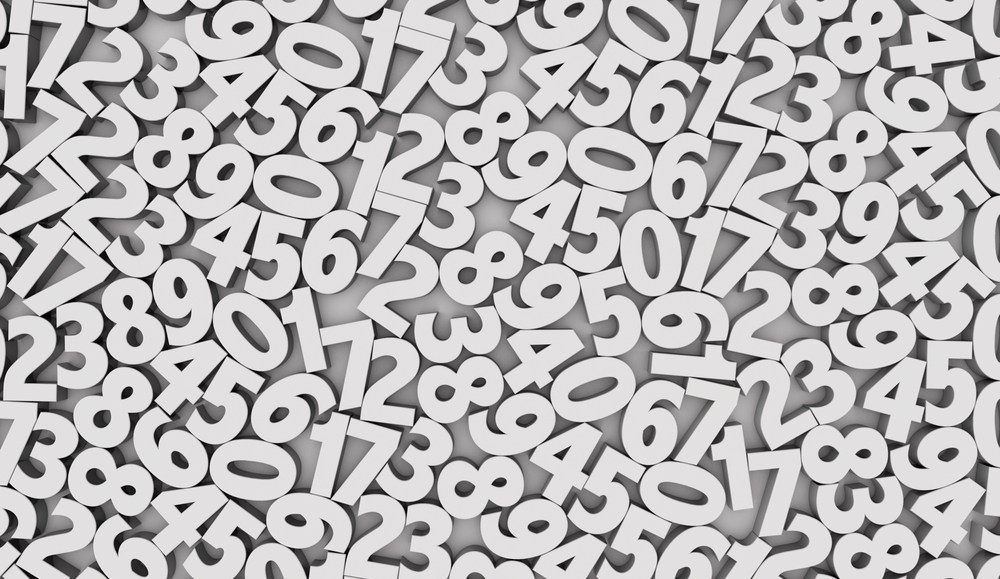
Don’t bother reading this column any further if you have already watched the great Steven Colbert clip that depicts several national television news outlets’ obsession with virtually meaningless Twitter stats.
Don’t get me wrong, my agency and our clients believe Twitter is a fascinating platform to mobilize people around a topic. One company’s research even found one of our clients, Honda, to be the most engaging automaker on Twitter. And a couple of Twitter’s ad products have shown promise in driving business. But vanity metrics like tweets-per-minute are, at most, a fuzzy reflection of depth of interest. They may correlate strongly with either how hilarious, stupid, offensive, surprising, uplifting, depressing or ridiculous (example: royal wedding hats) someone or something happened to be at one moment in time. If it’s tweeted about, then it’s notable in one of hundreds (maybe thousands) of ways. It’s nothing more than that.
Now what’s an example of a meaningful number? Well, in a near-historic instance of marrying up, I wed a wonderful woman who is now partially responsible for ABC’s Revenge (which makes her simultaneously much more interesting and more accomplished than I am). So I tend to obsess about a set of, in my opinion, meaningful numbers like these for Revenge: 4.5 stars on both iTunes and Netflix after 15,000 reviews. Simple numbers, a lot of meaning. No dissertation on econometrics necessary to parse and analyze.
Beyond the issue of the press iterating irrelevant social metrics, there are surely less misleading numbers that could be used by reporters to actually bring audiences greater understanding and less confusion. I’m not just talking about analyzing positive or negative sentiment (related: an analyst at a notable research firm recently told me that automated social media sentiment analysis is at best 70 percent accurate). But how about identifying a common co-occurrence of words or themes alongside mentions of the topic? Or sample tweets by highly influential people? Or highly popular retweets (filter out the smart alecs, please).
So this is a public plea to the collective minds of televised news to please hire some professional help to audit and advise on your use of social media metrics. You’re too often misleading the general public into believing that they should actually understand what you’re saying. And too often you don’t know the meaning of what you’re saying. Audit it not for accuracy but for a semblance of meaning. This simple act of humility and deference will make the whole world just a little bit less dumb.
With that, I’ll offer our own introductory nominees into the Hall of Fame of inane digital metrics:
Hits: Great for Rod Carew, bad for any analytics related to websites, video or search engines. What does it mean?!
Impressions: An impression of what, exactly? A tiny text link at the bottom of a page or a rich media ad in the heart of relevant content? Big difference between those two. The perennial focus on this metric dragged down the display ad industry for so long that Google came in and stole Yahoo’s advertising revenues, one nonplussed, business-minded CMO at a time.
Email addresses: I’m not talking about existing customers, opt-in registrants or trial subscribers (many of those can be money in the bank). But the source and recency of the email address collection is far more important than a simple number.
App downloads: So, you’ve driven 250K downloads of your app over the past six months. But only 10K people actually open your application once a month. Now what is the value of the 250K-download number?
Likes: – Even Facebook saw that the irrational obsession with this vanity metric isn’t sustainable and has been essentially begging advertisers to use other action types.
Tweets-per-minute/second/annum: see above.
So remember, as with being name-checked in a Colbert skit, being mentioned on Twitter only means that you’re notable for something. And there’s a good chance that notoriety isn’t for something you had hoped.
Feel free to share your nominations for the Hall of Fame of bad metrics in the comments below.
Mike Margolin oversees digital analytics, programmatic buying and relationship marketing at RPA, an independent, full-service advertising agency. Follow him @mmargolin and RPA @RPA_advertising.
More in Marketing

Why the New York Times is forging connections with gamers as it diversifies its audience
The New York Times is not becoming a gaming company. But as it continues to diversify its editorial offerings for the digital era, the Times has embraced puzzle gamers as one of its core captive audiences, and it is taking ample advantage of its advantageous positioning in the space in 2024.

Why B2B marketers are advertising more like consumer brands to break through a crowded marketplace
Today’s marketing landscape is more fragmented than ever. Like consumer brands, business brands are looking to stand out in a crowded and competitive marketplace, making marketing tactics like streaming ads, influencers and humorous spots more appealing.

As draft puts WNBA in spotlight, the NBA is speeding up ballplayers’ transition to creators
The NBA’s star athletes are its greatest marketing asset.





